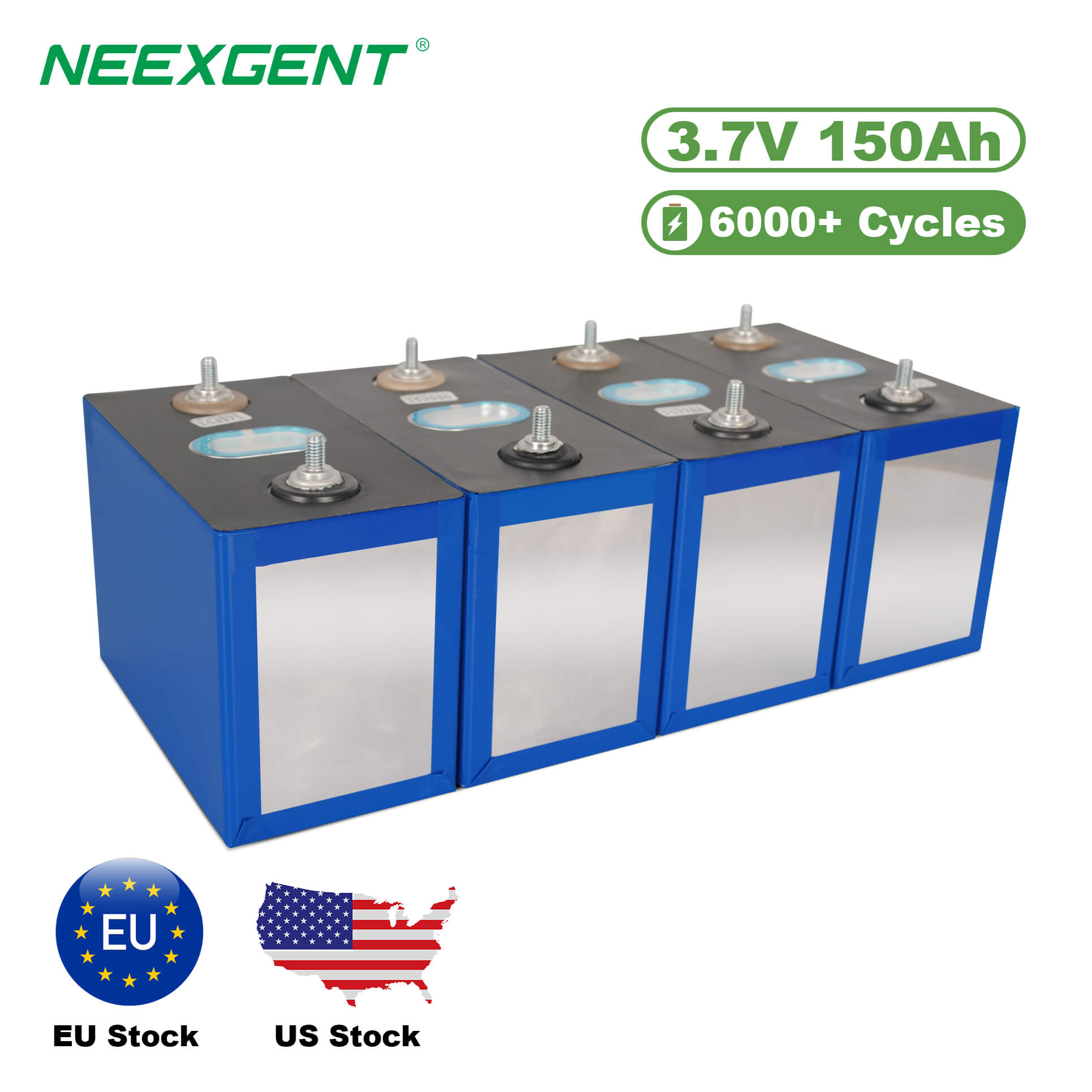Contents:

A solar battery charger for a 12V battery is an efficient and eco-friendly solution to power and recharge 12-volt batteries. These chargers harness sunlight, converting it into electricity to charge various types of batteries, including lead-acid, lithium-ion, and AGM batteries. They are ideal for applications like vehicles, boats, RVs, and off-grid setups.
Solar Battery Charger Specifications
| Feature |
Description |
| Maximum Output Voltage |
Up to 18V |
| Wattage |
5W to 100W (Varies by model) |
| Charge Controller |
Built-in or external |
| Panel Type |
Monocrystalline or Polycrystalline |
| Weather Resistance |
IP65 to IP68 |
Benefits of Using a Solar Battery Charger
-
Eco-Friendly Power Source
Solar chargers use renewable energy, minimizing environmental impact.
-
Cost Savings
After the initial purchase, operational costs are virtually zero.
-
Portability and Versatility
Lightweight and compact designs make these chargers suitable for outdoor and emergency use.
-
Extended Battery Life
Prevents overcharging by using intelligent charge controllers, prolonging battery life.
-
Off-Grid Capability
A reliable power source in areas without electricity.
How to Choose the Right Charger
-
Determine Power Needs: Match the wattage to your battery capacity and charging requirements.
- Check Compatibility: Ensure the charger supports your battery type (e.g., lithium-ion or lead-acid).
- Look for Safety Features: Overcharge protection and reverse polarity safeguards are essential.
- Weather Durability: For outdoor use, opt for weatherproof designs with robust materials.
Popular Use Cases
-
Recreational Vehicles (RVs): Keeps batteries charged during extended trips.
- Marine Applications: Ideal for boats and yachts, where sunlight is abundant.
- Camping Gear: Powers lights, fans, and other camping essentials.
- Emergency Preparedness: Ensures power for critical devices in power outages.
Performance of Solar Battery Chargers
Solar battery chargers are known for their consistent performance under various conditions. Below is a graphical representation of their efficiency at different sunlight intensities.
Efficiency at Different Sunlight Intensities
Maintenance Tips for Solar Battery Chargers
To ensure the longevity and performance of your solar battery charger:
-
Keep Panels Clean: Dust and debris can reduce efficiency. Clean the panels regularly with a soft cloth.
-
Inspect Connections: Check for loose or corroded wires to maintain a stable charge.
-
Store Properly: Store the charger in a dry and cool place when not in use.
-
Avoid Overcharging: Use a charge controller to prevent battery damage.
-
Monitor Performance: Regularly check the charging output to ensure optimal functionality.
Advanced Features to Look For
-
MPPT Controllers: Maximum Power Point Tracking enhances charging efficiency.
-
Dual-Output Options: Allows simultaneous charging of two batteries.
-
Foldable Panels: Compact designs for easy transport.
-
Built-in USB Ports: For charging smaller devices like phones and tablets.
Common Solar Battery Charger Applications
Solar battery chargers are versatile and find use in various scenarios. Here's a detailed comparison of their applications based on key parameters.
Comparison of Solar Charger Applications
|
Application
|
Power Requirement
|
Recommended Panel Type
|
Portability
|
|
Camping
|
5-10W
|
Foldable Monocrystalline
|
High
|
|
Marine Use
|
20-50W
|
Fixed Polycrystalline
|
Low
|
|
RVs
|
50-100W
|
Flexible Monocrystalline
|
Medium
|
|
Off-Grid Homes
|
100W+
|
Fixed Monocrystalline
|
Low
|
Key Factors Influencing Solar Charger Performance
Several factors determine the performance and efficiency of a solar battery charger:
-
Sunlight Availability
Solar chargers perform best in areas with abundant sunlight. Shaded or overcast conditions can reduce charging efficiency.
-
Battery Capacity
Matching the charger's wattage to your battery's capacity ensures efficient charging without overloading.
-
Temperature Conditions
Extreme temperatures can impact panel performance. Look for temperature-resistant designs for optimal results.
-
Energy Storage Options
Incorporating a battery storage system ensures energy availability even during cloudy days or nighttime.
-
Quality of Components
High-quality solar panels and controllers reduce energy loss and improve reliability.

Safety Considerations for Solar Battery Chargers
When using a solar battery charger, it’s essential to follow safety protocols to prevent accidents and equipment damage:
-
Use Correct Wiring: Ensure all connections are secure and insulated to avoid short circuits.
-
Avoid Overloading: Never connect a battery with a higher voltage or capacity than the charger is designed to handle.
-
Check for Damage: Inspect the solar panel and cables for signs of wear or damage before use.
-
Place Panels Safely: Position solar panels in stable areas, away from flammable materials or extreme heat sources.
Innovations in Solar Battery Chargers
Recent advancements have brought enhanced features to solar battery chargers:
-
Smart Monitoring Systems: Allow users to track charging progress and efficiency via mobile apps.
-
Auto-Adjust Controllers: Optimize power input for varying sunlight conditions.
-
Integrated Storage Units: Combine solar panels with built-in batteries for better portability.
-
High-Performance Materials: Use of advanced coatings to improve light absorption and durability.
Environmental Impact
Switching to solar battery chargers contributes significantly to reducing carbon footprints. By relying on renewable energy, users help lower the demand for fossil fuels and decrease greenhouse gas emissions. Additionally, solar energy systems have minimal environmental impact during operation, making them a sustainable choice for the future.
Why Choose a Solar Battery Charger?
A solar battery charger is more than just a device—it’s an investment in energy independence and environmental conservation. Whether you're camping, traveling, or setting up a sustainable off-grid power system, a reliable solar battery charger is a practical and eco-conscious solution that meets diverse energy needs.
Frequently Asked Questions (FAQs)







